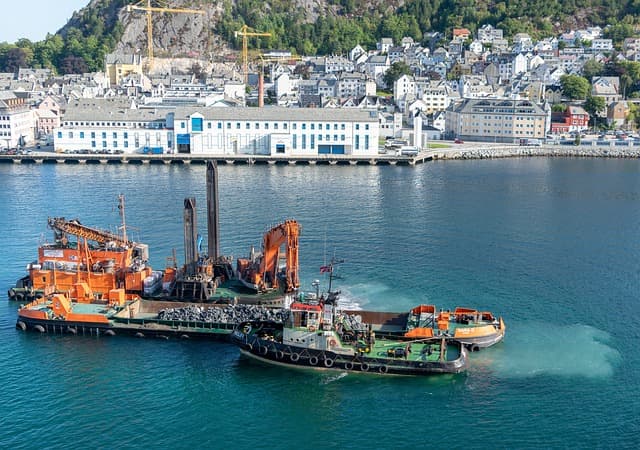Subsea structures such as oil and gas platforms, pipelines and hydraulic structures are exposed to the aggressive effects of the marine environment. Current research and development in the field of anti-corrosion materials aims to improve the durability and resistance of these facilities.
- Nanomaterials and graphene coatings
The use of nanomaterials, including graphene, opens new horizons in the protection of metals against corrosion. Graphene coatings, due to their high strength and chemical inertness, provide an effective barrier against the penetration of corrosive agents, significantly extending the service life of metal structures.
- Polysiloxane and epoxy compositions
Polysiloxane and epoxy coatings demonstrate high resistance to seawater and mechanical damage. These materials form tough protective layers that can withstand the extreme conditions of underwater use.
- copper alloys in marine aquaculture
Copper alloys are widely used in marine aquaculture due to their anti-corrosion and anti-microbial properties. They effectively prevent marine organisms from fouling structures, reducing the need for frequent maintenance and cleaning.
- Ultrasonic anti-fouling
Ultrasonic protection technology uses high-frequency sound waves to prevent marine organisms from fouling underwater surfaces. It is an environmentally friendly method that reduces the need for chemical anti-corrosion agents and extends the life of the equipment.
Modern innovations in anti-corrosion materials and technologies significantly improve the reliability and efficiency of subsea installations, ensuring their long-term operation in aggressive marine environments.



